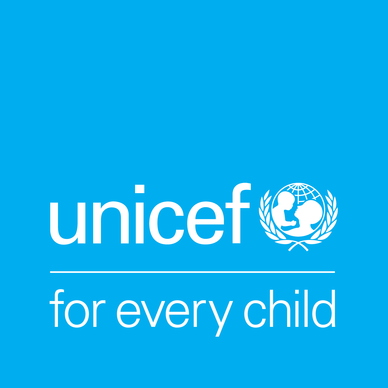Aid and international co-operation have achieved truly amazing things for children around the world.
Today, more children than ever survive to five.1 Immunisation has massively reduced childhood infections, including a 99% reduction in wild polio cases.2 In the 1950s, half of primary aged children weren’t in school – now that figure is 11%. In the last 25 years, we’ve seen cases of stunting in children decline by a third.3
But since the pandemic, these gains have been at risk. That’s because of the global economic downturn, rising levels of conflict and climate change, and many rich countries reducing their aid budgets.
The UK are rightly proud to say that they have taken a lead in many of the achievements made for children.
And yet, last month the Prime Minister announced that the government will cut the aid budget – again.
Last time the budget was reduced, in 2021, cuts fell disproportionately on child-focused programmes.4
Sadly, we expect that to happen again. But we’re campaigning hard to stop this happening. And we’re calling for an urgent commitment from the government to allocate 25% of the aid budget to children.
Here are 10 reasons why we know that investing in children is both the right and smart thing to do.
- We have the evidence that aid and interventions for children deliver results. As just one example, over the last 50 years, immunisation has saved the lives of around 150 million children under 5 – or the equivalent of 6 lives every minute.5 We have so many similar and impressive stats where that came from!
- And actually, we all reap the rewards of those amazing gains. Since 1980, education has been responsible for 50% of global economic growth.6
- Part of the reason for that is that investing in childhood, leaves a whole lifetime for results to flourish.
- Childhood is also a really special time where the body and mind is growing and developing. This means receiving things like strong education, good nutrition and life-saving vaccinations are particularly important in this period.
- If you want more on the value for money front, those benefits are really well documented too. For example, $1 invested in vaccinations returns $26.7 Other recent research finds that $1 invested in aid for children generates $10!8
- And children make up nearly half of the population of low and middle income countries, and by many measures, the most vulnerable half. Children are more likely to be in poverty than adults and are especially vulnerable to infectious disease. They also find it much harder to physically cope with the effects of climate change – like rising temperatures. And, devastatingly, children are more likely than adults to be forced away from their home by violence or conflict. Last year more children than ever were displaced or living in conflict zones.9
- So we just won’t stand a chance of eradicating extreme poverty or diseases, if we are not prioritising help for children.
- The UK played a key role in the creation of the Sustainable Development Goals (SDGS)10 which set out the world’s ambitions to tackle our greatest problems. We know that if we don’t make more gains for children in poverty, health, hunger, education, we don’t meet the SDGs.
- Plus, it almost goes without saying that children are all of our futures. If we want a healthy and bright tomorrow, we need healthy and bright children today.
- Finally – there is widespread agreement on just how important and special children are! Children are not just small adults – they have unique needs and vulnerabilities, and also enormous potential. That is why the UN Convention on the Rights of the Child11 is the most ratified human rights treaty in the world.
Lucy Gordon
Head of International Policy and Advocacy
References
- https://data.unicef.org/resources/levels-and-trends-in-child-mortality-2024/
- https://www.who.int/health-topics/poliomyelitis#tab=tab_1
- UNICEF Nutrition Strategy 2020-2030.pdf
- https://www.unicef.org.uk/policy/leave-no-child-behind-analysing-the-cuts-to-uk-child-focused-aid/
- https://ourworldindata.org/vaccines-children-saved
- https://sendmyfriend.org/wp-content/uploads/2025/03/SMF-Invest-In-My-Friends-Learning-Policy-Report-March-2025.pdf
- UNICEF, The State of the World’s Children 2023: For every child, vaccination, April 2023, UNICEF, New York.
- World Vision, Putting Children First for Sustainable Development: the return on investment from childrelated Official Development Assistance December 2023, World Vision, London p 5.
- https://www.unicef.org/press-releases/not-new-normal-2024-one-worst-years-unicefs-history-children-conflict#_ftn7
- https://sdgs.un.org/goals
- https://www.unicef.org.uk/what-we-do/un-convention-child-rights/


